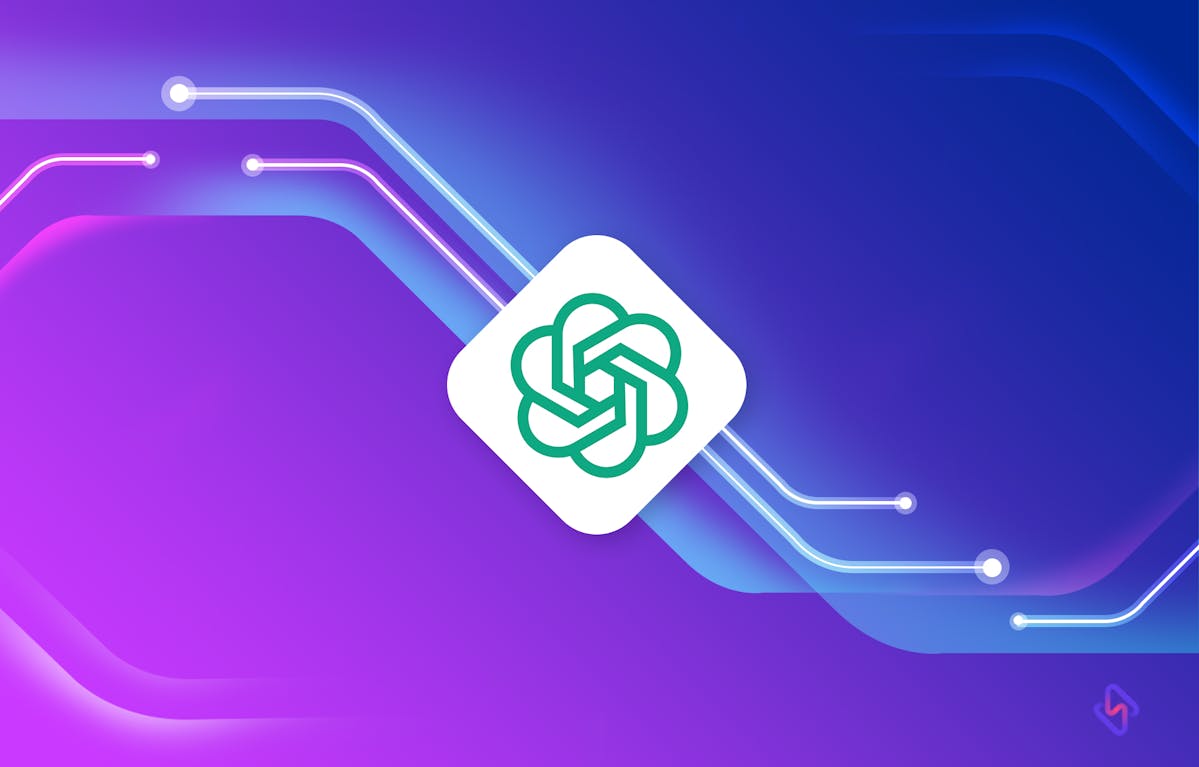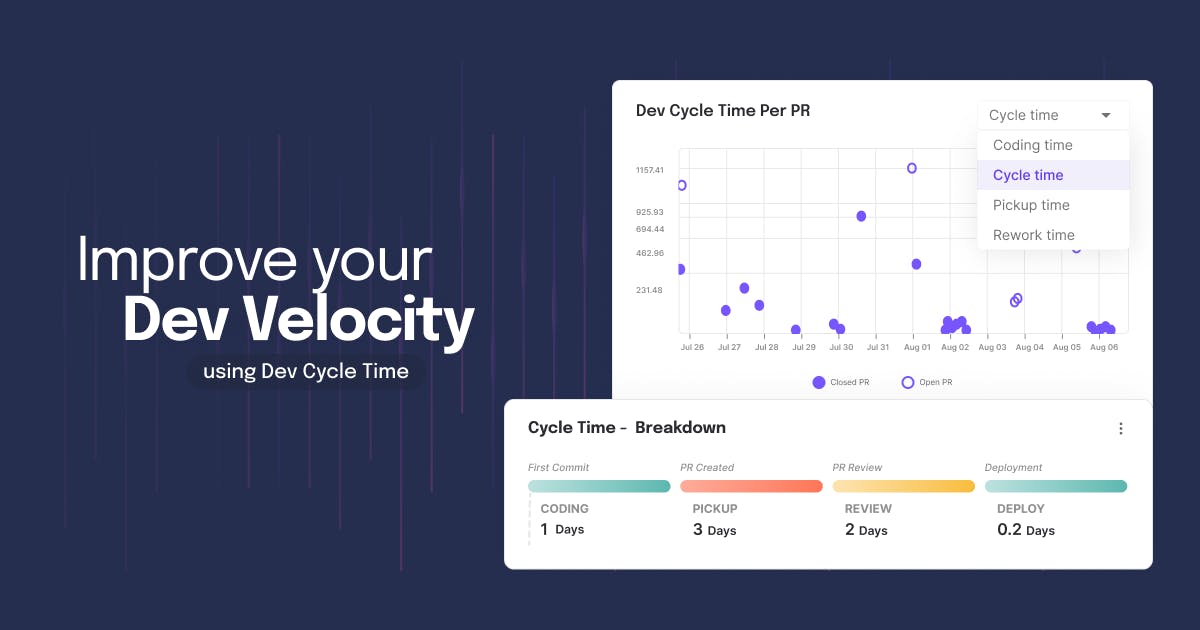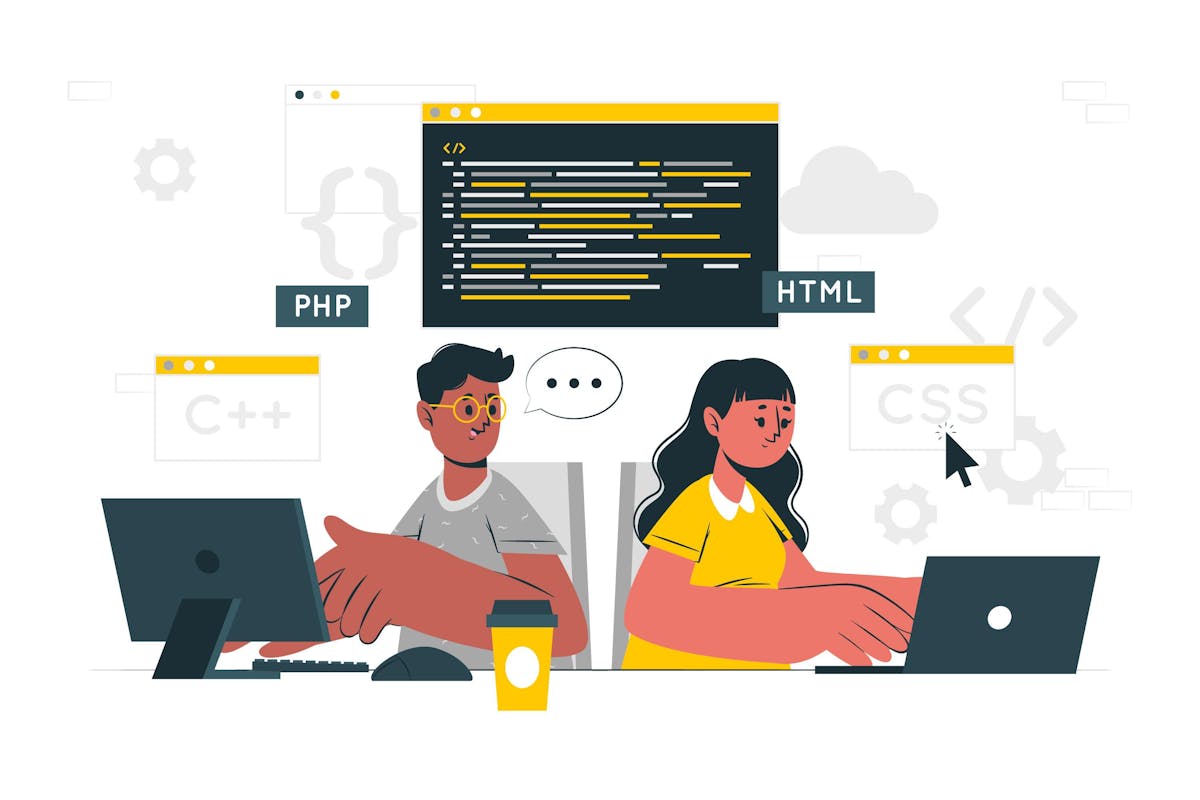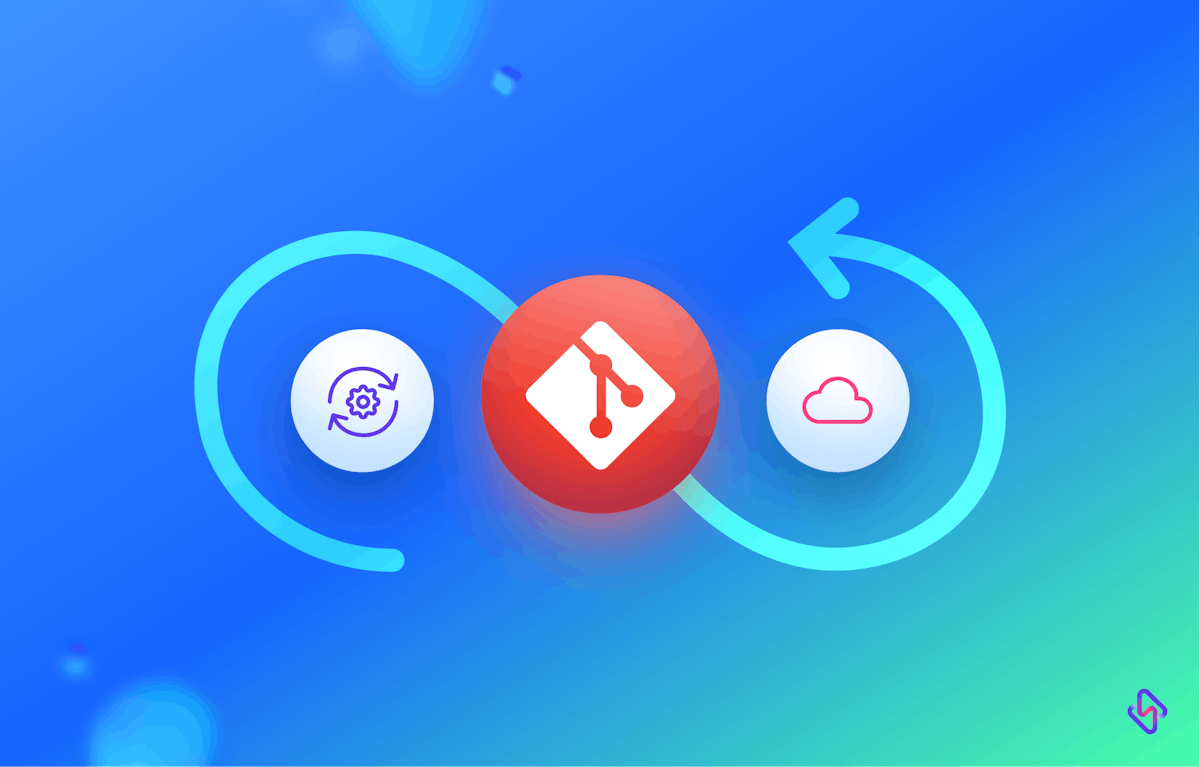Let's talk about artificial intelligence - not the dystopian, Hollywood version, but the kind that's quietly transforming the world of software development. Ever heard of OpenAI or ChatGPT? If not, don't worry. We're about to dive into the deep end of AI in the programming industry, particularly focusing on how it can help with code completion and bug fixes.
While we traverse this technological landscape, we'll furnish you with insightful tips, knowledge nuggets, and practical examples to enrich your understanding and equip you to incorporate ChatGPT into your coding toolkit. Whether you're a seasoned developer or an aspiring programmer, there's plenty to gain from understanding the synergies between AI and coding.
The software development industry is in a perpetual state of evolution, and staying abreast with it often necessitates embracing innovative tools, techniques, and technologies. An example of this evolution is GitHub Copilot, a powerful AI-powered code assistant that has been making waves in the developer community. As detailed in this article, GitHub Copilot is built on the OpenAI Codex model, a sibling of GPT-4, and has already proven its worth in various coding scenarios.
Understanding ChatGPT-4 in the Context of Programming
Picture this: you're writing a novel. What if, every time you typed a sentence, there was a tool to suggest the next one? That's how ChatGPT works, but with a significant twist. It's designed to predict text based on what it's already seen. But what if we taught it to code instead of writing stories?
Well, there's some good news and some bad news. ChatGPT, a state-of-the-art language model developed by OpenAI, doesn't know programming languages inherently. You can't ask it to debug your code out of the box. But with the right training, it can adapt quite well to the syntax and semantics of coding.
How to Use ChatGPT-4 To Autocomplete Your Code?
Ever faced the nagging frustration of a function or a statement that you just can't remember? Well, that's where code completion comes in. It's like the autocomplete on your phone's keyboard, but for programming.
Here's the exciting part - ChatGPT can be trained for code completion. By feeding it a sufficiently large dataset of well-written code, it can learn the patterns and predict what you're likely to type next. You're no longer searching for that elusive function; ChatGPT suggests it after a few keystrokes. It's like having a coding buddy who's seen a lot more code than you have!
Let's take an example to demonstrate this:
# Let's assume you are trying to remember the Python function for squaring a number
print(pow
# After typing 'pow', ChatGPT suggests the rest
print(pow(2, 2))







